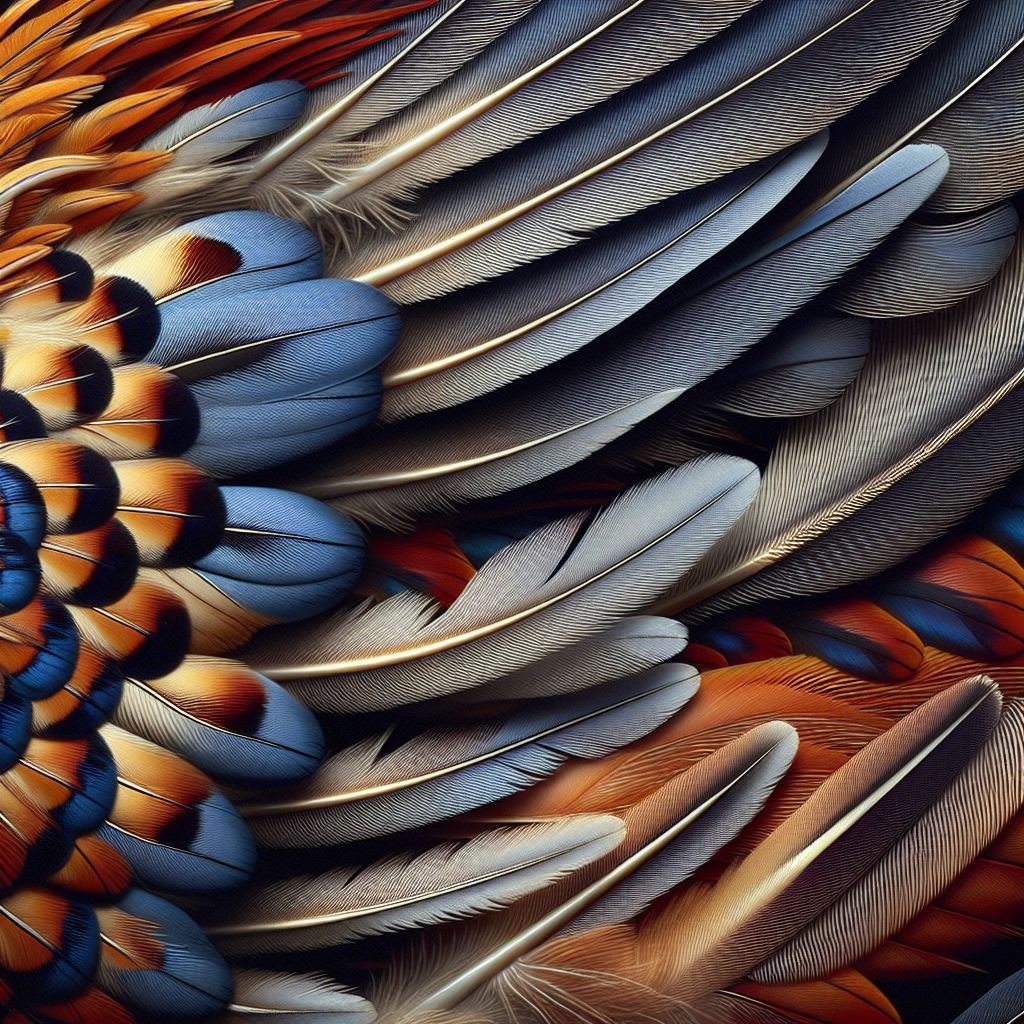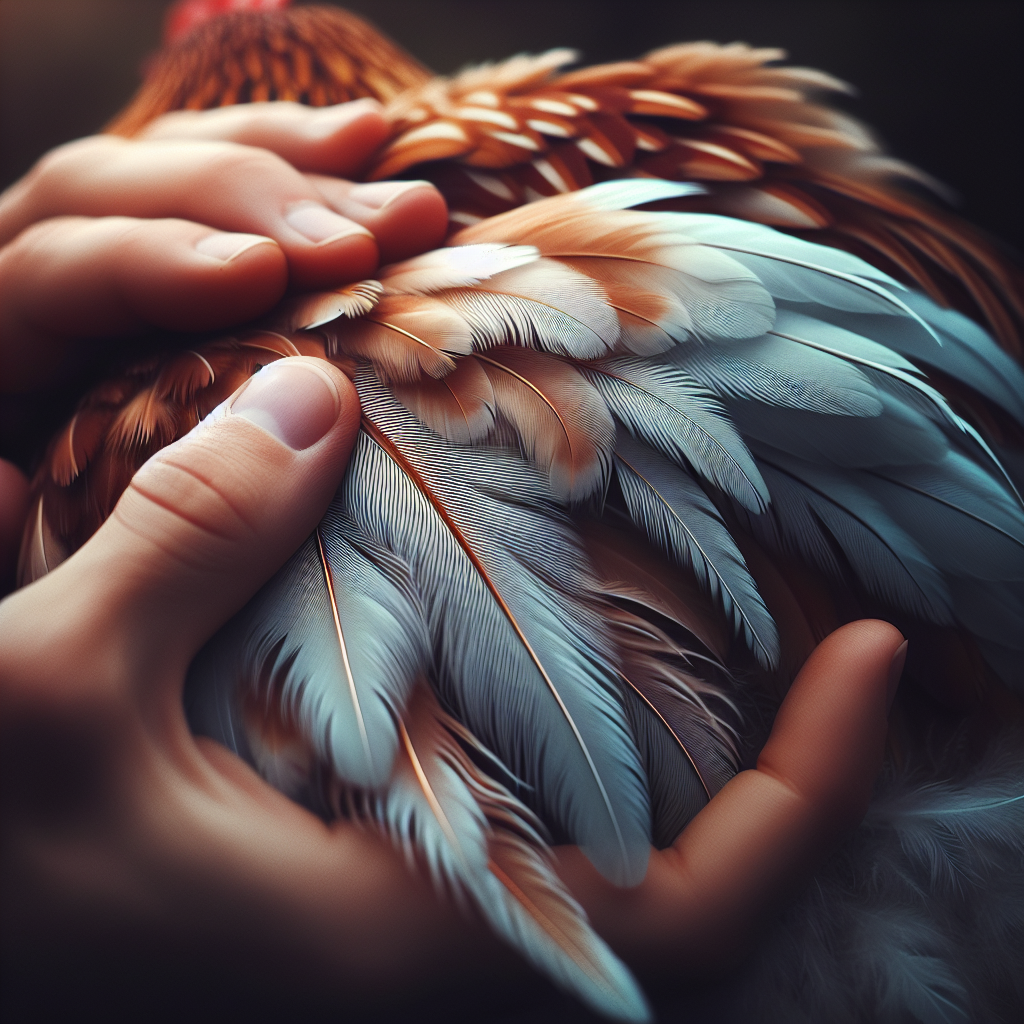Have you ever wondered if chickens can actually fly? And if they can, should you be clipping their wings? These questions may have crossed your mind if you’re a proud chicken owner or considering getting some feathered friends. Well, you’re in luck because in this article, we’ll explore the fascinating world of chicken flight (or lack thereof) and discuss whether or not trimming their wings is necessary. So, put on your chicken-loving hat, grab a seat, and let’s dig into the intriguing world of these feathered creatures.
Can Chickens Fly?
Chickens, as a general rule, have the ability to fly. However, the extent of their flying capabilities varies among different breeds. While some chickens can fly short distances, others are completely flightless. The ability of chickens to fly is influenced by various factors, including their breed, size, and wing structure. In this article, we will explore the natural ability of chickens to fly, the different factors that influence their flight capabilities, as well as the benefits and potential problems associated with letting chickens fly freely.
The Natural Ability of Chickens to Fly
Chickens belong to the Gallus gallus domesticus species, which is a direct descendant of wild junglefowl. Their wild ancestors had strong flight capabilities, which allowed them to escape predators and seek out food. While domesticated chickens have been selectively bred over generations for specific traits, their ability to fly has not been entirely eliminated.
Factors That Influence a Chicken’s Ability to Fly
The ability of a chicken to fly is influenced by several factors. Firstly, the breed plays a significant role. Lighter breeds with larger wings, such as the Leghorn or the Ancona, are generally better flyers compared to heavier breeds like the Orpington or the Brahma. Additionally, the overall size and weight of the chicken can affect its flight capabilities. Smaller and lighter birds tend to have an easier time getting off the ground.
Furthermore, the wing structure of a chicken plays a crucial role in determining its flying ability. Chickens have a combination of primary and secondary flight feathers on their wings. Primary feathers are responsible for generating lift, while secondary feathers provide stability during flight. The length and strength of these feathers can impact a chicken’s ability to fly.
Different Breeds and Flight Capabilities
It is essential to understand that not all chicken breeds have the same flight capabilities. Some breeds are known for their excellent flying skills, while others are more suited for terrestrial activities. For example, Mediterranean breeds like the Leghorn and the Andalusian are renowned for their ability to fly high and long distances. On the other hand, heavy breeds like the Cochin or the Wyandotte are not built for extensive flight and are generally considered as poor flyers.
Flightless Domesticated Chickens
The domestication of chickens over thousands of years has led to the development of flightless breeds. Selective breeding for traits such as meat production and docility has inadvertently resulted in reduced flight capabilities. Flightlessness is a desirable trait for many domesticated chicken owners as it reduces the risk of birds escaping their enclosures and offers certain advantages in terms of predator vulnerability and maintaining cleanliness.
Selective Breeding for Reduced Flight
Through the process of selective breeding, certain breeds of chickens have been developed with reduced flight capabilities. This is achieved by breeding individuals that exhibit shorter wing feathers or weaker flight muscles. Over time, these traits become more dominant within the breed, resulting in birds that are less inclined to take flight.
Common Breeds Known for Limited Flight
There are several breeds recognized for their reduced flight capabilities. The Silkie, for instance, is a breed known for its silky plumage and inability to fly. These chickens have shorter wings that are densely covered in fluffy feathers, making it nearly impossible for them to achieve any real lift. Another breed, the Dorking, although not entirely flightless, has relatively short wings that limit their flying ability.
Understanding the Impact of Domestication
The domestication of chickens has brought about numerous changes in their behavior and physical traits. As chickens have been bred for specific purposes, characteristics like flight capabilities have been altered. Domesticated chickens rely heavily on humans for protection and sustenance, and their flight responses have become less crucial for their survival. While some may argue that this is a loss of a natural ability, it is important to recognize the benefits that domestication has brought to both chickens and humans.
Potential Problems with Chickens Flying
While there are benefits to allowing chickens to fly, there are also significant concerns and potential issues that need to be considered. These include increased vulnerability to predators, difficulties in finding suitable roosting areas, potential damage to property and landscaping, as well as the risk of chickens escaping their enclosures.
Predator Vulnerability
One of the primary concerns with allowing chickens to fly freely is the increased vulnerability to predators. Flying predators such as hawks and owls pose a significant threat to chickens, especially when they are out in the open. Additionally, chickens that can fly over fences may be at a higher risk of predation from ground-dwelling predators like foxes or raccoons.
Roosting Challenges
Chickens that have the ability to fly may face difficulties finding suitable roosting areas. Roosting is an essential behavior for chickens, as it allows them to rest, sleep, and feel secure. However, if chickens are unable to fly back to their coop or perch, they may be forced to roost in unsafe or uncomfortable locations, leaving them exposed to potential hazards or stress.
Damage to Property and Landscaping
Allowing chickens to fly freely can result in damage to property and landscaping. Chickens that roam freely may scratch up lawns, flowerbeds, and gardens in search of food, causing damage to vegetation. Additionally, they may cause disruptions by entering areas that are off-limits or undesirable, such as neighbor’s yards or outdoor recreational spaces.
Escaping Confines
One of the primary concerns with chickens that have flight capabilities is the risk of them escaping their enclosures. Chickens that can fly over fences or escape from coops may wander off, potentially becoming lost or exposed to dangers outside of their familiar environment. Escapes can be particularly problematic for urban or suburban chicken owners who must consider the concerns of neighbors and local regulations.
Benefits of Letting Chickens Fly
Despite the potential problems associated with chickens flying, there are also significant benefits to allowing them to exercise their natural ability. These benefits include increased exercise and natural behavior, enhanced foraging opportunities, improved mental stimulation, and better predator awareness.
Increased Exercise and Natural Behavior
Allowing chickens to fly provides them with increased exercise and encourages natural behavior. Flying allows chickens to stretch their muscles, build strength, and improve their overall well-being. As flying is a natural behavior for chickens, providing them with opportunities for flight allows for a more fulfilling and enriched lifestyle.
Enhanced Foraging Opportunities
When chickens are able to fly, their foraging opportunities expand significantly. Flying enables them to access areas that are otherwise out of their reach, allowing them to find a more diverse range of insects, plants, and other edible items. This natural foraging behavior contributes to a more varied and nutritious diet for the chickens.
Improved Mental Stimulation
Letting chickens fly also provides them with improved mental stimulation. The ability to explore their surroundings from an elevated perspective stimulates their curiosity, enhances their observational skills, and offers mental challenges. This mental stimulation can help prevent boredom and reduce the risk of behavioral issues in chickens, such as aggression or feather-pecking.
Better Predator Awareness
Chickens that are able to fly develop a heightened awareness of predators in their environment. Flying gives them the advantage of spotting potential threats from a distance and allows them to take evasive action if needed. This increased awareness can contribute to the overall safety and well-being of the flock.
Clipping Chicken Wings: What and Why?
To prevent potential problems and maintain control over your chickens, wing clipping is a commonly employed practice. Wing clipping involves trimming specific feathers on a chicken’s wings, which reduces or eliminates their ability to fly. There are several reasons why chicken owners choose to clip their birds’ wings.
Understanding Wing Clipping
Wing clipping is a temporary and reversible method of preventing flight in chickens. It involves trimming the primary flight feathers on one or both wings to render them unbalanced, resulting in a loss of lift during flight attempts. By clipping the wings, the chicken’s ability to fly beyond short distances is limited, allowing for better control and minimizing potential hazards.
Reasons for Clipping Chicken Wings
One of the primary reasons for wing clipping is to prevent chickens from escaping their enclosures. By reducing their ability to fly, owners can ensure that their chickens remain safely within designated areas, minimizing the risk of predators, property damage, or conflicts with neighbors. Wing clipping can also make it easier to handle and manage chickens during health checks, vaccinations, or other routine care tasks.
Safety Measures to Consider
When considering wing clipping, it is important to prioritize the safety and well-being of the chickens. Wing clipping should only be done when absolutely necessary and with great care. It is crucial to use the proper tools, follow a step-by-step process, and take precautions to minimize stress and discomfort for the birds.
How to Clip Chicken Wings
Clipping chicken wings requires proper tools and careful technique to ensure the process is both effective and safe. Here is a step-by-step guide to clipping chicken wings:
Tools and Supplies Needed
- Sharp scissors or poultry shears: These will be used to trim the wing feathers.
- Styptic powder or cornstarch: This will help stop any bleeding in case of accidental cuts.
- Towel or blanket: This can be used to gently restrain the chicken during the wing clipping process.
Step-by-Step Wing Clipping Process
- Wait until the chicken is calm and relaxed, preferably during their roosting time.
- Gently restrain the chicken by wrapping a towel or blanket around its body, leaving only the wings exposed.
- Identify the primary flight feathers, which are the longest and outermost feathers on the wings.
- Carefully trim the primary flight feathers on one wing, starting with the outermost feathers and working inward.
- Repeat the trimming process on the other wing, ensuring that you remove the same number of feathers on each side.
- Trim the feathers uniformly, leaving the bird with a balanced wing structure.
- Release the chicken from its restraint and observe its behavior to ensure it has not been overly stressed.
Precautions to Ensure Chicken’s Comfort
During the wing clipping process, it is crucial to handle the chicken gently and minimize any discomfort or stress. It is recommended to only trim one wing to achieve the desired effect. This technique helps maintain balance and allows the chicken to retain some control over its flight attempts, which can prevent injuries from uncontrolled falls. Additionally, monitoring the chicken’s behavior before, during, and after wing clipping can provide valuable insight into their well-being.
Monitoring Wing Feather Regrowth
After the wings are clipped, it is important to monitor and maintain the flight restriction over time. Feather regrowth can occur relatively quickly, and re-clipping may be necessary to prevent the chickens from regaining full flight capabilities.
Typical Regrowth Timeframe
The regrowth of wing feathers in chickens typically takes around 8 to 12 weeks. However, the exact timeframe can vary depending on the bird’s age, health, and environmental conditions. It is crucial to regularly inspect the regrowth progress to determine when re-clipping may be required.
Regular Inspection and Maintenance
Regularly inspect the chickens’ wings to monitor feather regrowth progress. Pay close attention to the primary flight feathers and their length. If the regrowth is approaching the desired flight-restriction length, consider re-clipping before the chickens regain their ability to fly.
Re-Clipping Wings if Necessary
If the regrowth of wing feathers exceeds the desired flight-restriction length, it may be necessary to re-clip the wings. Repeat the wing clipping process outlined earlier, paying attention to the number and length of feathers to be trimmed. Ensure the safety and comfort of the chickens throughout the re-clipping process.
Alternative Methods to Prevent Flight
For those who prefer not to clip their chickens’ wings, several alternative methods can be employed to prevent flight. These methods focus on modifying the chicken’s environment and using various deterrents to discourage flying.
Constructing Properly Sized Enclosures
Building properly sized chicken enclosures is an effective way to keep chickens safe and prevent flight. Ensure that the enclosure has a roof or a cover that prevents chickens from flying over the fence. It is also essential to consider the breed and size of the chickens when determining the appropriate dimensions for the enclosure to prevent potential escape attempts.
Installing Netting or Covers
Installing netting or covers over chicken runs can help prevent chickens from taking flight. Choose a strong and durable material that can withstand attempts to fly over or damage from predators. Make sure the netting or covers are securely fixed to the enclosure to deter any escape attempts.
Using Avian Deterrents
The use of avian deterrents can help discourage chickens from attempting to fly. Reflective devices, such as shiny Mylar tape or aluminum foil strips, can be hung near potential take-off points to create movement and noise that deter flight attempts. Additionally, creating visual barriers with plants or structures can limit the perception of open spaces, reducing the incentive for chickens to take flight.
Creating Overhead Roosting Structures
Providing overhead roosting structures can be an effective way to inspire chickens to roost at desirable locations within their enclosure. Installing raised perches or roosts can encourage chickens to remain within their designated areas while still offering them the opportunity to engage in natural behaviors.
Considering a Wingless Breed
For those who want to avoid the hassle of wing clipping or the possibility of feather regrowth, considering a wingless breed may be an option worth exploring.
Breeds with Naturally Short or Absent Wings
Some chicken breeds have naturally short or absent wings, making them incapable of flying. The most well-known example is the Silkie, which has ornamental feathers that prevent them from achieving lift. Other breeds, such as the Sultan or the Faverolles, also have shorter wings that limit their flying abilities.
Factors to Consider before Choosing Wingless Breeds
Before deciding to raise a wingless breed, there are a few factors to consider. These breeds often have unique care requirements and may require special attention due to their feather structure or other physical traits. Additionally, their inability to fly may impact their ability to escape from predators or access certain areas when free-ranging.
Pros and Cons of Rearing Wingless Chickens
Rearing wingless chickens can offer several advantages, such as reduced risk of escape, lower vulnerability to aerial predators, and the absence of the need for wing clipping. On the other hand, these breeds may require additional protection from ground-dwelling predators and might face limitations in their natural behaviors compared to breeds with flight capabilities.
Conclusion
In conclusion, while chickens have the natural ability to fly, their flight capabilities vary among breeds. Understanding the factors that influence flight, such as breed, size, and wing structure, can help chicken owners determine whether or not they need to take measures to prevent flight. Wing clipping, alternative methods for flight prevention, and the consideration of wingless breeds are all valid options depending on individual circumstances and preferences. Ultimately, the decision to allow chickens to fly or not should prioritize their safety, well-being, and the specific needs of the owner.




